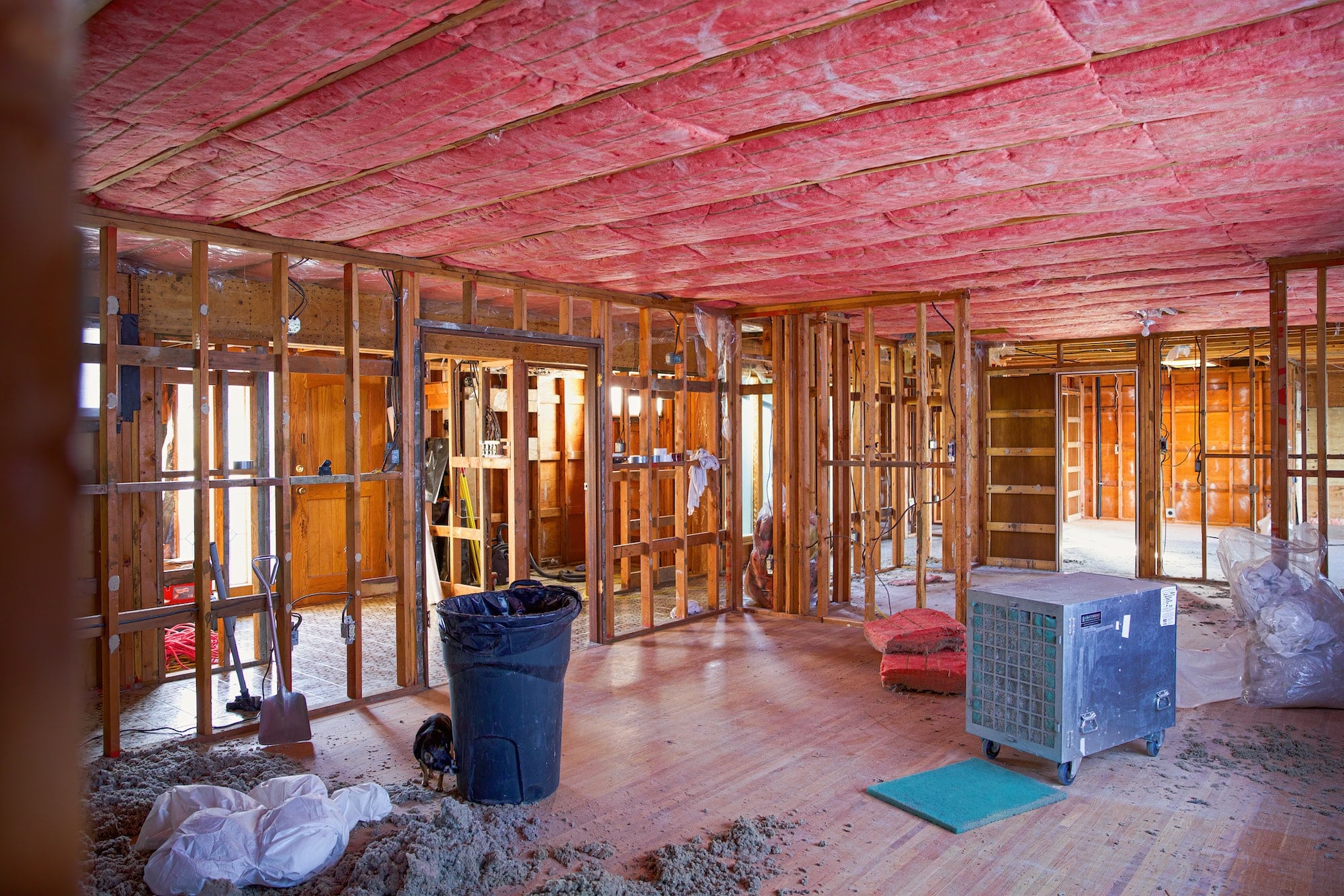Soil remediation is a vital global topic, especially for those in the real estate business. It’s more than just a buzzword; it’s a process that has the potential to turn contaminated land into a usable and sustainable property. In today’s article, we will explore the variety of strategies that are commonly used for soil remediation on environmentally impacted real estate sites. We’ll discuss the main contaminants typically found in the soil and groundwater, and provide some solutions to remediate these sites.
Understanding the Problem: Soil Contamination
Before we dive into the specifics of soil remediation, it’s crucial first to understand the problem at hand. Soil contamination refers to the presence of unnatural chemicals or substances in the ground, which can pose significant risks to human health and the environment. This contamination often occurs as a result of industrial activities, waste disposal, or accidental spills.
Avez-vous vu cela : How to Design Child-Friendly Amenities in Urban Real Estate Complexes?
Common contaminants found in soil include heavy metals like lead and mercury, petroleum products, and various chemical compounds. These contaminants not only degrade the quality of the soil but can also infiltrate groundwater, potentially contaminating water supplies over time.
Real estate sites, particularly those previously used for industrial purposes, are often plagued with soil contamination. This contamination can devalue property, cause legal issues, and form significant barriers to redevelopment. But it doesn’t have to be a death sentence for the land; there are many strategies available for remediating contaminated soil.
Avez-vous vu cela : What Are the Tax Considerations for UK Expats Investing in Overseas Property Markets?
In-Situ Remediation: Treating Soil on Site
One common strategy for soil remediation is known as in-situ remediation. This process involves treating the contaminated soil directly on the site without having to excavate and remove it. In-situ remediation can be particularly beneficial for treating large areas of contamination, or when excavation is impractical or too costly.
Several techniques can be used in in-situ remediation. These include bioremediation, where naturally occurring microorganisms are used to break down or remove the contaminants, and chemical oxidation, where chemicals are used to destroy the contaminants. Physical processes like soil vapor extraction can also be used, where a vacuum system is used to extract toxic vapors from the soil.
By using in-situ remediation methods, property owners can save on transportation and disposal costs, and minimize disruption to the surrounding environment. However, these methods may not be suitable for all types of contaminants, and it’s critical to carry out detailed site assessments before choosing the most appropriate remediation strategy.
Ex-Situ Remediation: Removing and Treating Soil off Site
While in-situ remediation treats the soil on the site, ex-situ remediation involves removing the contaminated soil and treating it elsewhere. This can be an effective strategy when the contamination is severe, or when the contaminants are not suitable for in-situ treatment.
The contaminated soil is excavated and transported to a treatment facility, where it can undergo a variety of treatment processes. These can include thermal desorption, where high temperatures are used to vaporize the contaminants, and soil washing, where water and chemical additives are used to separate the contaminants from the soil.
Ex-situ remediation can be effective at removing a wide variety of contaminants, and can ensure that the soil is thoroughly cleaned. However, it can be more disruptive and costly than in-situ methods, and there can be potential risks associated with the transportation of contaminated soil.
Phytoremediation: Using Plants to Clean Soil
Another innovative and sustainable approach to soil remediation is phytoremediation. This method involves using plants to absorb, break down, or immobilize contaminants in the soil. Certain types of plants, known as hyperaccumulators, are particularly effective at absorbing heavy metals from the soil.
Phytoremediation can be a cost-effective and environmentally friendly method of soil remediation. It’s particularly suitable for large areas of mild to moderate contamination, and can be used in conjunction with other remediation methods. However, it can be a slow process, and not all contaminants can be effectively treated using this method.
Incorporating Remediation into Redevelopment Plans
Effective soil remediation requires careful planning and management. For property owners and developers, it’s important to incorporate remediation into redevelopment plans from the outset. This includes conducting thorough site assessments to identify the extent and nature of the contamination, and choosing the most appropriate remediation strategy based on these findings.
Incorporating remediation into redevelopment plans can help to manage costs and minimize disruption. It can also open up opportunities for sustainable land use, such as creating green spaces or community gardens.
In conclusion, soil remediation is a complex but essential process for transforming contaminated sites into safe, usable land. By understanding the different strategies available, property owners and developers can make informed decisions and contribute towards a more sustainable future.
Advanced Remediation Techniques: Nano-Remediation and Electrokinetic Remediation
Diving deeper into the seemingly endless possibilities for soil remediation, let’s highlight two advanced techniques that are gaining traction in the world of environmental cleanup: nano-remediation and electrokinetic remediation.
Nano-remediation, as the name suggests, employs nanotechnology in the remediation process. Small, engineered particles are introduced into the contaminated soil. These particles have a high surface area relative to their size, which allows them to absorb or degrade contaminants effectively. Nano-remediation has been shown to be particularly effective against heavy metals and organic pollutants which are some of the most common soil contaminants. Google Scholar and Scholar Crossref have numerous studies providing evidence for the potential of nano-remediation.
However, while nano-remediation offers promising results, there are concerns about the long-term effects of introducing nanoparticles into the environment. Therefore, careful monitoring and control measures need to be implemented to ensure the safety and sustainability of the strategy.
On the other hand, electrokinetic remediation uses electrical currents to remove contaminants from the soil. The principle underpinning this method is the movement of charged particles in a soil matrix under the influence of an electric field. Contaminants, including heavy metals and radionuclides, can be mobilized and extracted. This technique can be especially useful in low permeability soils where traditional remediation techniques may not be as effective.
While these advanced remediation techniques offer new approaches for dealing with contaminated soil, they also highlight the need for ongoing research and development in this area. A remediation project should always adapt to the specific needs of the site and the nature of the contamination.
Conclusion: The Imperative of Soil Remediation
As our exploration of soil remediation strategies draws to a close, it’s clear that soil contamination is a pervasive issue that requires comprehensive and effective solutions. From in-situ and ex-situ methods to phytoremediation and advanced techniques like nano-remediation and electrokinetic remediation, a multitude of strategies are available. The choice of the most suitable method will depend on numerous factors including the type and extent of contamination, the physical properties of the soil, and the intended future use of the land.
In the world of real estate, understanding the problem of soil and groundwater contamination, and knowing the available remediation technologies, is crucial for transforming polluted sites into sustainable properties. Soil remediation not only addresses environmental contamination but also contributes to improved human health and a more sustainable future.
As the effects of industrialization become increasingly apparent, the need for soil remediation will only grow. It’s not just about cleaning up our mistakes from the past; it’s also about ensuring that we have a viable, healthy world for future generations. By leveraging research from platforms like Google Scholar and Scholar Crossref, and by implementing effective remediation strategies, we can successfully reverse the damage and create a sustainable future.






